Tailings Processing Methods
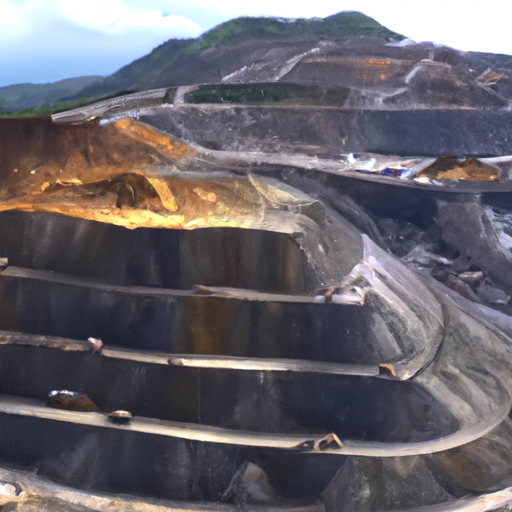
The main mine tailings processing methods at this stage:
Tailings consolidation discharge, dry stacking tailings, and tailings reprocessing are the main tailings recovery processes.
1. Tailings Consolidation Discharge
The concentrator will simply concentrate the water-bearing tailings obtained and then discharge them directly into the tailings pond through the pipeline. For the remaining water in the tailings, select the recycling or discharge through osmosis purification in the surrounding waters according to the design of the mineral processing plant. As a traditional tailings processing method. First, the useful components in the tailings cannot be recycled under the current economic conditions. The construction of the tailings pond not only takes up a lot of cultivated land and destroys vegetation, but also all kinds of harmful ions in the tailings, causing serious pollution.
2. Dry Stacking Tailings
Tailings dry stacking is a new concentrate dewatering process. After the tailings slurry is concentrated and dewatered in multiple stages, it is then treated with high-efficiency dewatering equipment such as dewatering screen. Which can reduce the water content in tailings to less than 15%, save costs, and effectively avoid environmental pollution. The overflow water of the thickener and the filtrate water of the tailings filter press are returned to the concentrator for recycling to achieve the purpose of saving water, reducing energy consumption and not polluting the environment.
Tailings Dewatering Process:
| Dry discharge | Moisture content |
| Thickener + hydrocyclones + belt filter | 15%~18% |
| Thickener + ceramic filter | <10% |
| Thickener + box filter press or vertical filter press | 15%~25% |
| Cyclone + thickener + multifrequency screen | <10% |
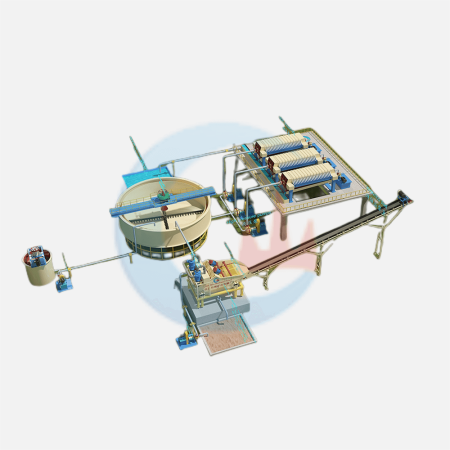
- Thickener + cyclone + belt filter: This equipment combination and process flow are suitable for the recovery of medium and coarse-grained tailings, which can be continuously produced. However, in the production and operation process, the power consumption is large, the cost is high, and the investment is large.
- Thickener + ceramic filter: This process and equipment combination is suitable for the dewatering of medium-fine-grained tailings, but it has certain difficulties in the dewatering of coarse-grained and -0.037 mm particle size accounted for 80% of the pulp. The process can realize continuous production and the water content of dewatering products is low. However, its equipment investment is relatively high, and the ceramic plate is easy to block, so it is generally used for the dehydration of concentrate.
- Thickener + box filter press or vertical filter press: This process is suitable for the dewatering of medium and fine-grained materials. It can still be used when the -0.037 mm particle size accounts for 95%. Among them, the filter cloth and pump flow parts are vulnerable parts, which need to be replaced on time. Vertical filter presses are expensive and have a low moisture content, which is often used for concentrate dehydration.
- Cyclone + thickener + multi-frequency screen: This process is a combination of a new type of dewatering equipment and process, which can almost complete the dehydration operation of all mineral materials within 80% of -325 mesh. This solution has the characteristics of small investment and low operating cost. Its operating cost is 1/2 of the ceramic filter, belt filter, and chamber filter press. There are almost no wearing parts in the process. The high-frequency fine screen adopts a built-in wear-resistant urethane combination screen, and its life is 3-10 times higher than that of the traditional metal screen. For very fine-grained materials, thickener + multi-frequency sieve + filter press can be used to complete the tailings dewatering process.
3. Tailings Reprocessing
At present, tailings are often accompanied by other valuable components, and the accumulation will cause environmental pollution and induce geological disasters. Among them, gold tailings processing can comprehensively recover valuable elements according to the properties of the tailings, which can improve the utilization efficiency of resources and increase the economic benefits of enterprises. Then, tailings dewatering is to customize a suitable tailings dewatering process according to the properties of tailings slurry. Therefore, the gold tailings recovery process is a major trend at present.
Tailings Processing Equipment
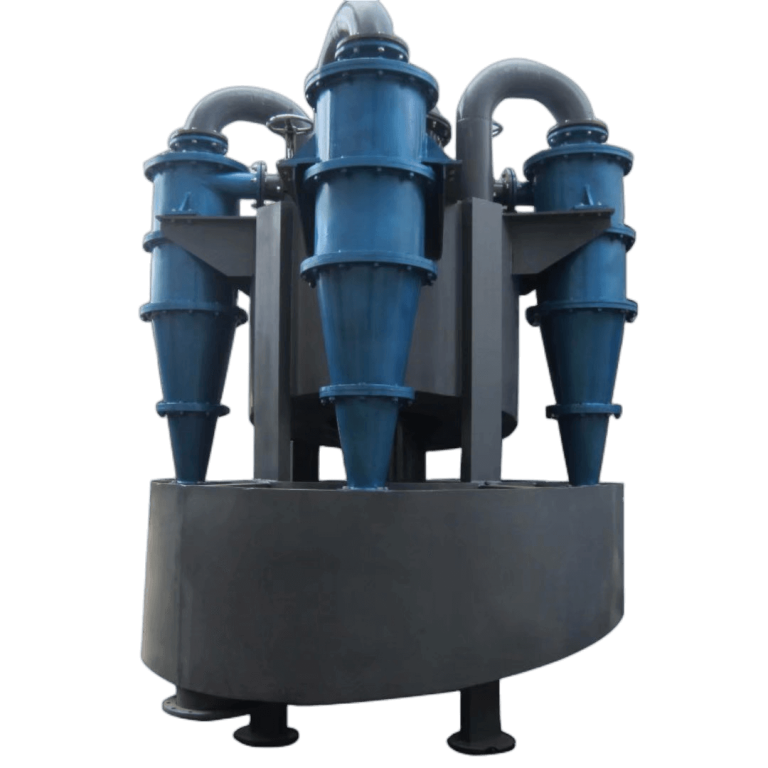
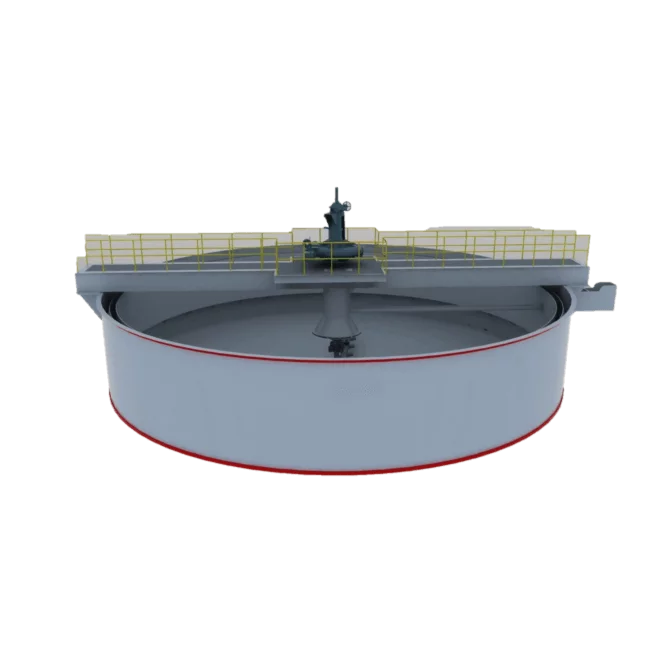
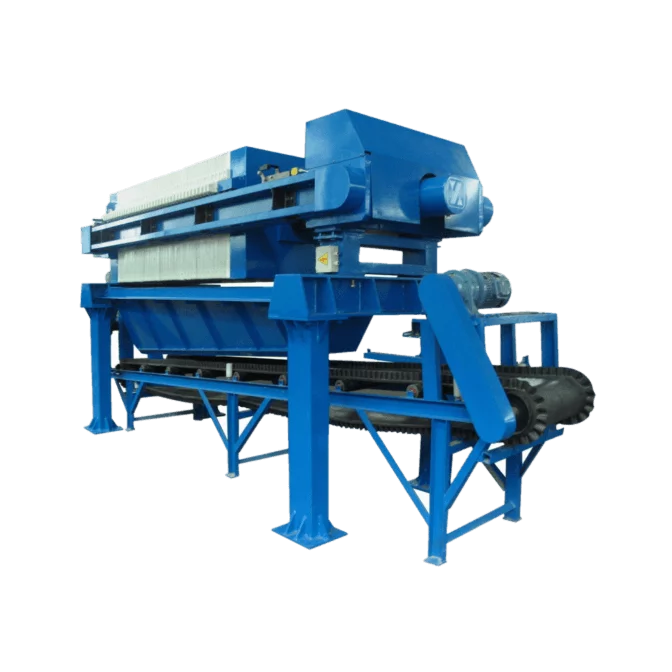
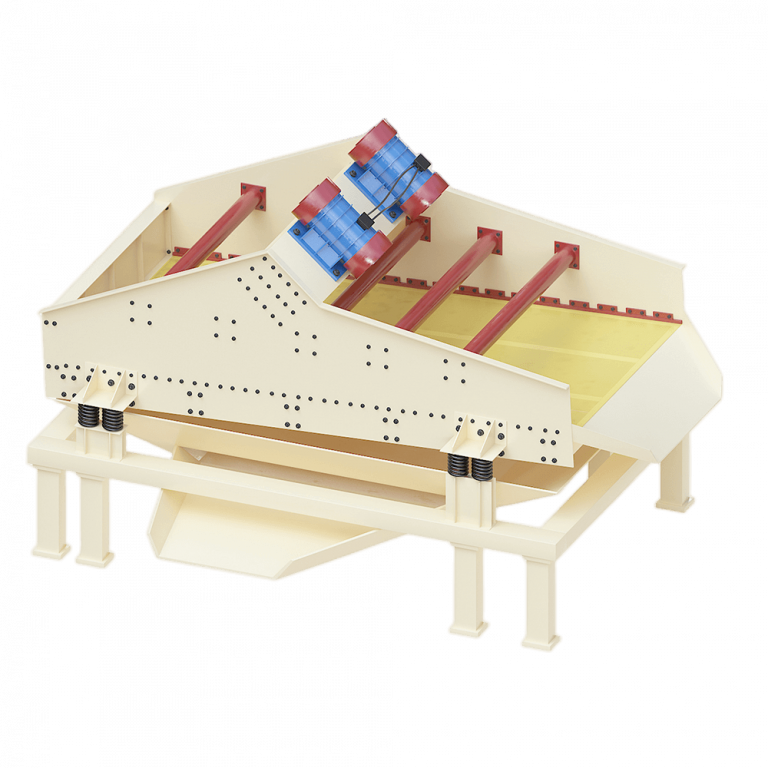
Among them, the high-efficiency multi-frequency dewatering screen is excited by dual vibration motors, and the structure is sturdy and compact, free from the shortcomings of the traditional eccentric vibrator, such as large structure, oil leakage, large wear, large noise, and inconvenient maintenance.
The side body shield of the mine dewatering screen is bonded with wear-resistant rubber to ensure that the dewatering screen will not be deformed and broken by abrasion, and reduce the pollution of iron to the material. In addition, the mine dewatering screen uses a built-in wear-resistant urethane combination screen. Its life is 3-10 times higher than that of the traditional metal screen.


